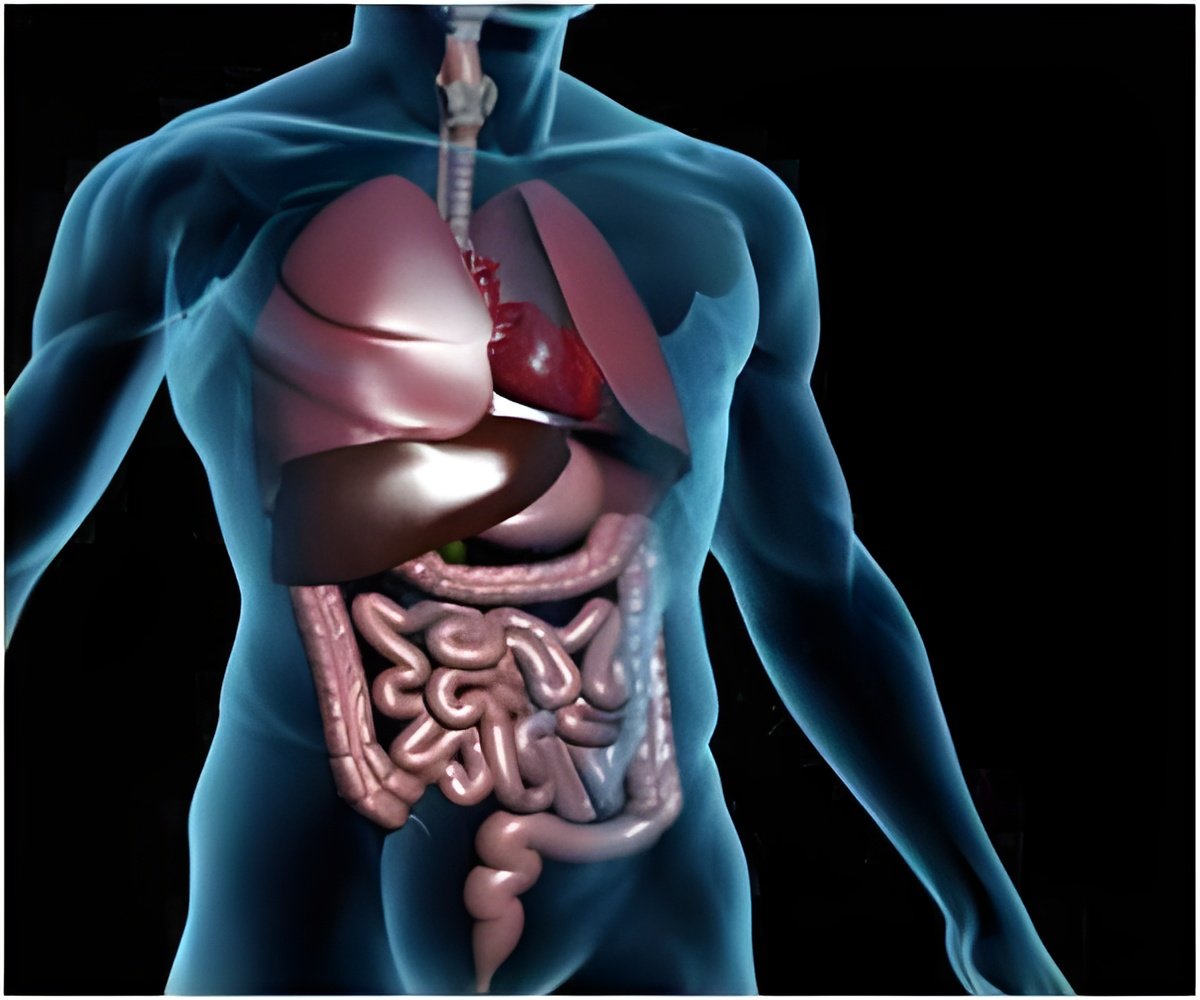
‘Designing molecules the bind to RNA G-quadruplexes would be a new route for the development of anti-cancer drugs.’
Tweet it Now
Professor Ian Eperon and Dr Cyril Dominguez from the University of Leicester’s Institute of Structural and Chemical Biology led the team that developed a new method to analyze the RNA step in expressing our genetic code.Dr Dominguez, of the Department of Molecular and Cell Biology, says that the research aims at understanding how four-stranded RNA structures called G-quadruplexes affect cellular processes such as RNA splicing.
G-quadruplexes are specific structures formed when a piece of DNA or RNA folds into a four-stranded structure. In this research, a novel method allows to show that G-quadruplexes form in long RNAs and in conditions where the splicing reaction can take place.
DNA G-quadruplexes have been shown to be associated with diseases such as cancer and many small molecules called G-quadruplex binders have been developed as putative novel anti-cancer drugs, the best example being Quarfloxin that reached a phase II clinical trial.
RNA G-quadruplexes are also believed to play important roles in cancers but to date there are no straightforward methods to prove that they exist in cells.
Advertisement
During the process of gene expression, DNA is transcribed to RNA molecules that are in turn translated to produce proteins.
Advertisement
RNA splicing is highly regulated and defects in its regulation are a common cause of many diseases, including spinal muscular atrophy and some cancers.
Professor Eperon said: "Our novel method, FOLDeR, will allow RNA scientists to investigate the existence of G-quadruplexes in physiological condition allowing a better understanding of their role in cellular processes. It is particularly interesting that the RNA we have been studying is one that plays an important role in some cancers. When the RNA is spliced using one set of sites, it produces a protein favoring cell survival. This is a problem for cancer treatments, many of which work by damaging growing cells in the hope that they will then die. However, when an alternative set of sites is used, the RNA produces a protein that encourages cell death. We have shown that G-quadruplexes form near the alternative sites, and our hope is that we can target these to shift splicing towards the pro-death pattern."
This is a major step forward in the G-quadruplex research field.
In a follow-up paper, the team will report their work on drugs that exploit this structure.
The next step is to investigate the effect of G-quadruplex binders on RNA splicing and use this knowledge to design novel drugs with a high degree of specificity for cancer cells.
Source-Medindia











